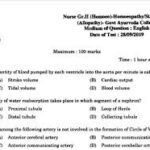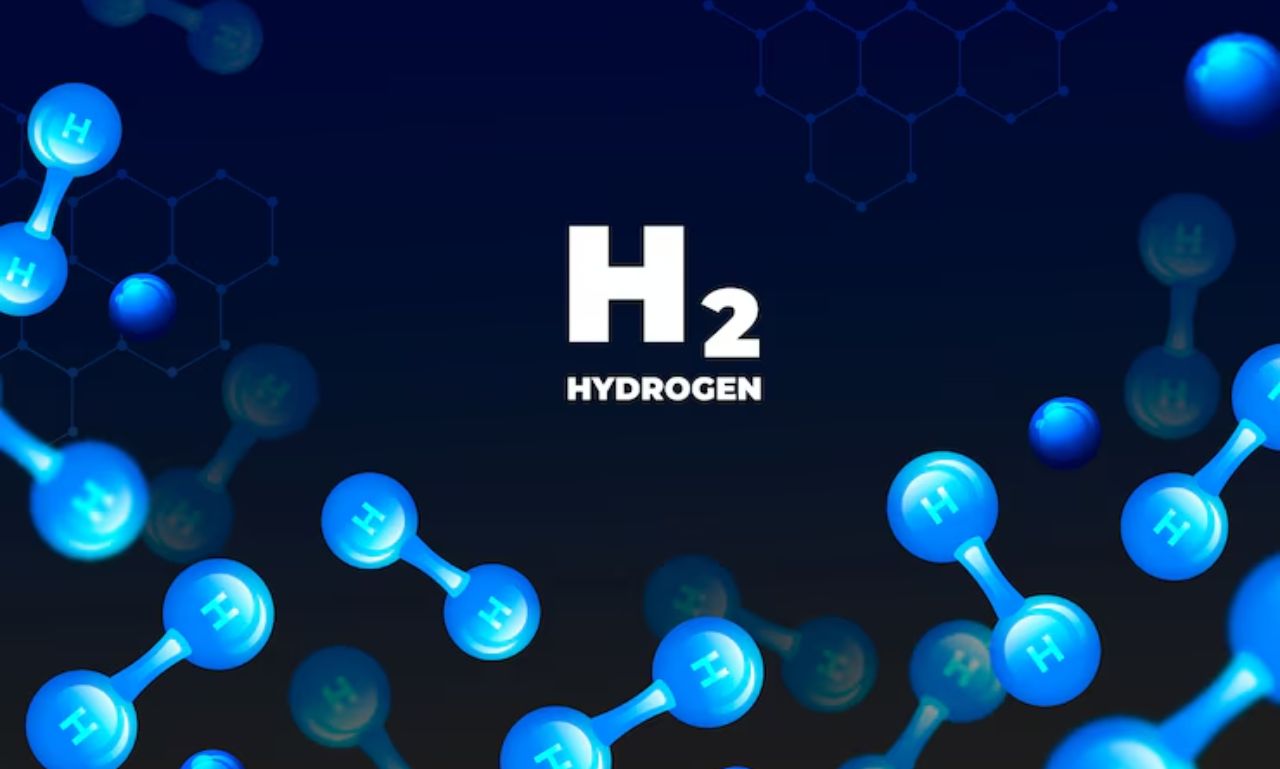The chemical interaction between formaldehyde hcooch ch2 h2o is a fundamental reaction in organic and industrial chemistry. This process plays a critical role in various applications, from resin manufacturing to biological detoxification. Understanding the mechanism, thermodynamics, and practical implications of this reaction is essential for chemists, researchers, and industry professionals.
In this comprehensive article, we will explore:
- The chemical properties of formaldehyde and water
- The reaction mechanism and products
- Industrial and biological applications
- Safety and environmental considerations
- Future research directions
1. Chemical Properties of Formaldehyde (HCOOCH₂) and Water (H₂O)
Formaldehyde (HCOOCH₂)
- Molecular Formula: CH₂O
- Structure: A simple aldehyde with a carbonyl group (C=O) bonded to two hydrogen atoms.
- Physical Properties:
- Colorless gas with a pungent odor
- Highly soluble in water (forming formalin when dissolved)
- Boiling point: -19°C (-2°F)
- Chemical Behavior:
- Reacts readily with nucleophiles (e.g., water, alcohols, amines)
- Polymerizes to form paraformaldehyde in concentrated solutions
Water (H₂O)
- Role in the Reaction:
- Acts as a nucleophile (attacks the electrophilic carbon in formaldehyde)
- Serves as a solvent in aqueous reactions
- Impact on Reactivity:
- Polar nature enhances dissolution of formaldehyde
- Facilitates hydrolysis and hydration reactions
2. The Reaction Mechanism: hcooch ch2 h2o
Overall Reaction Equation
HCOOCH2+H2O→HCOOH+CH3OH
(Formaldehyde + Water → Formic Acid + Methanol)
Step-by-Step Mechanism
- Nucleophilic Attack:
- The oxygen atom in water attacks the electrophilic carbon in formaldehyde.
- Formation of Geminal Diol (Methanediol, H₂C(OH)₂):
- A short-lived intermediate forms, where two hydroxyl groups attach to the same carbon.
- Decomposition into Products:
- Under certain conditions (heat or catalysis), methanediol breaks down into formic acid (HCOOH) and methanol (CH₃OH).
Thermodynamics & Kinetics
- Gibbs Free Energy (ΔG): Negative, indicating a spontaneous reaction under standard conditions.
- Activation Energy: Moderate; reaction speeds up with acid/base catalysis.
- pH Dependence:
- Acidic conditions (HCl): Protonation of carbonyl oxygen accelerates hydration.
- Basic conditions (NaOH): Hydroxide ions enhance nucleophilic attack.
3. Industrial and Biological Applications
Industrial Uses
Formalin Production (37% Formaldehyde in Water):
- Used in disinfectants, preservatives, and embalming fluids.
Resin Manufacturing: - Key component in urea-formaldehyde and phenol-formaldehyde resins (used in plywood, coatings, and adhesives).
Chemical Synthesis: - Intermediate for producing pentaerythritol, hexamine, and other specialty chemicals.
Biological Significance
- Metabolic Detoxification:
- Humans metabolize formaldehyde via formaldehyde dehydrogenase, converting it to formic acid.
- Environmental Impact:
- Formaldehyde reacts with atmospheric water, contributing to photochemical smog.
- Microbial degradation in soil/water breaks it down into CO₂ and H₂O.
4. Experimental Observations & Safety
Lab-Scale Reaction Procedure
- Dissolve formaldehyde gas in water under controlled conditions.
- Monitor pH changes (solution becomes acidic due to formic acid formation).
- Analyze products using GC-MS, NMR, or titration methods.
Safety Precautions
Formaldehyde Hazards:
- Toxic if inhaled (causes respiratory irritation).
- Carcinogenic (long-term exposure linked to cancer).
- Use fume hoods and PPE (gloves, goggles) in labs.
Formic Acid Risks: - Corrosive to skin and eyes.
- Proper ventilation required.
5. Future Research & Green Chemistry Approaches
Emerging Trends
- Biocatalysis: Using enzymes to improve reaction efficiency.
- Non-Toxic Catalysts: Replacing harsh acids/bases with zeolites or ionic liquids.
- Pollution Control: Developing formaldehyde-scrubbing technologies for industrial emissions.
6. Frequently Asked Questions (FAQs)
1. Is hcooch ch2 h2o reaction reversible?
Yes, under dehydration conditions, formic acid can revert to formaldehyde.
2. Why is methanol a minor product?
The equilibrium favors formic acid unless catalysts (e.g., metal oxides) promote methanol formation.
3. How is this reaction used in medicine?
Formalin (formaldehyde-water solution) is used in vaccine production and tissue preservation.
4. Can this reaction occur in the atmosphere?
Yes—formaldehyde dissolves in rainwater, contributing to environmental chemistry.
5. What industries rely on this reaction?
Textiles, plastics, automotive (resins), and healthcare (disinfectants).
Conclusion
The reaction between HCOOCH₂ and H₂O is a cornerstone of organic chemistry, with wide-ranging industrial, biological, and environmental impacts. Understanding its mechanism allows for safer handling, optimized industrial processes, and innovative green chemistry solutions.










